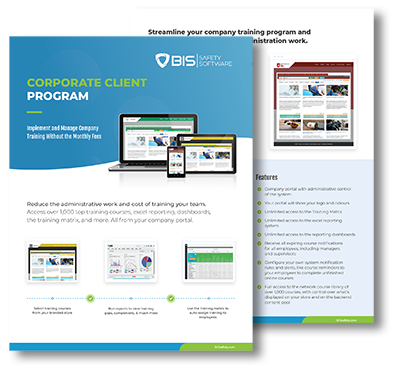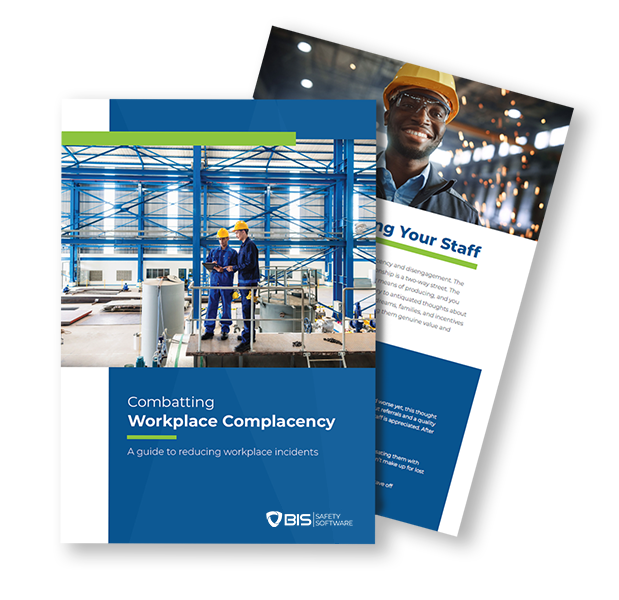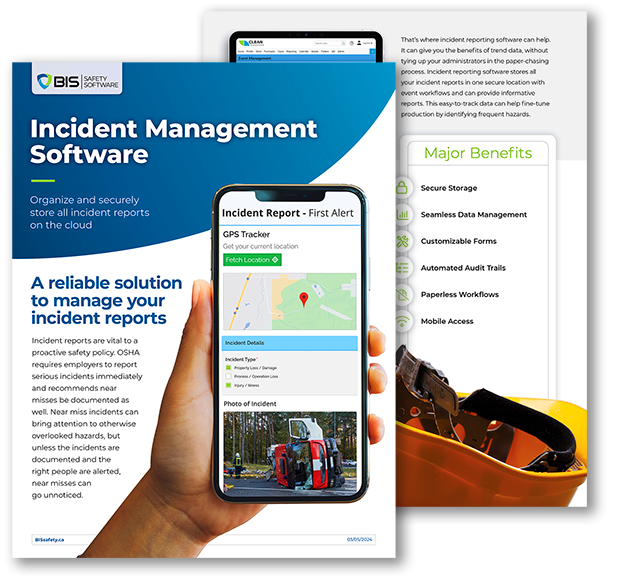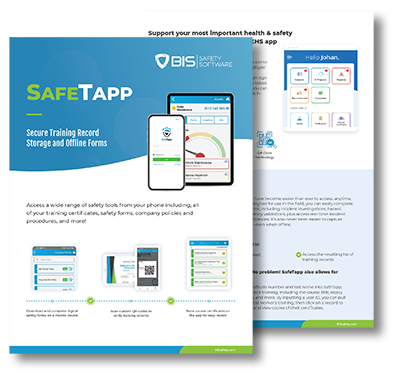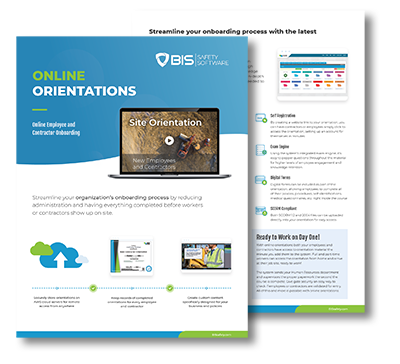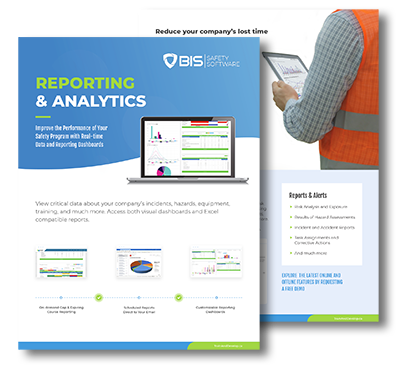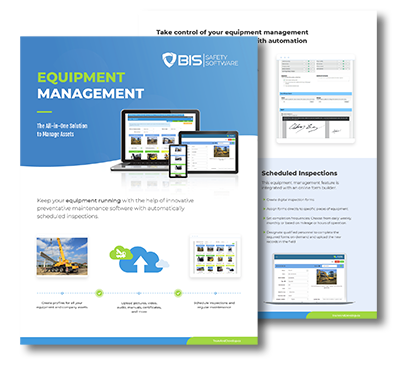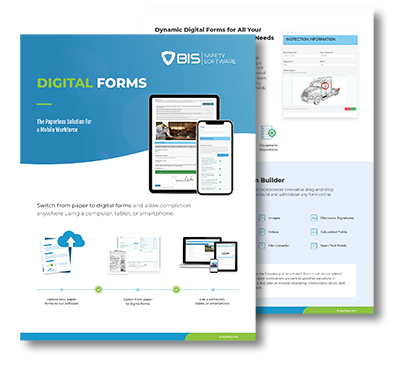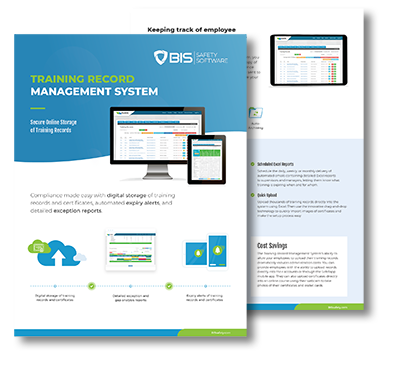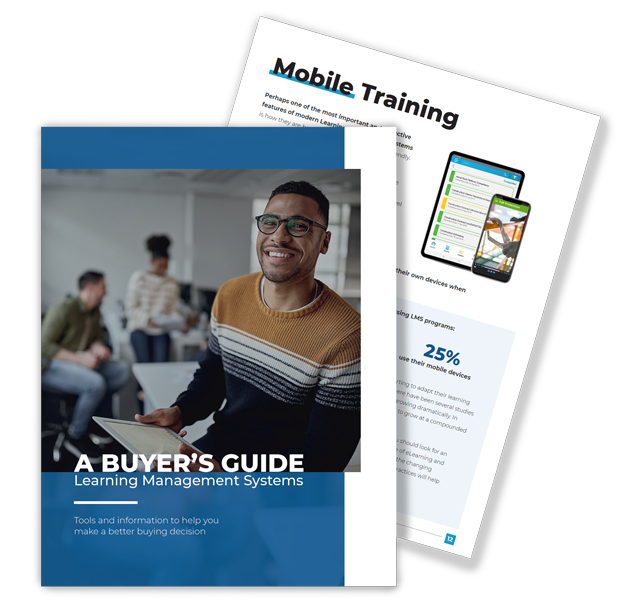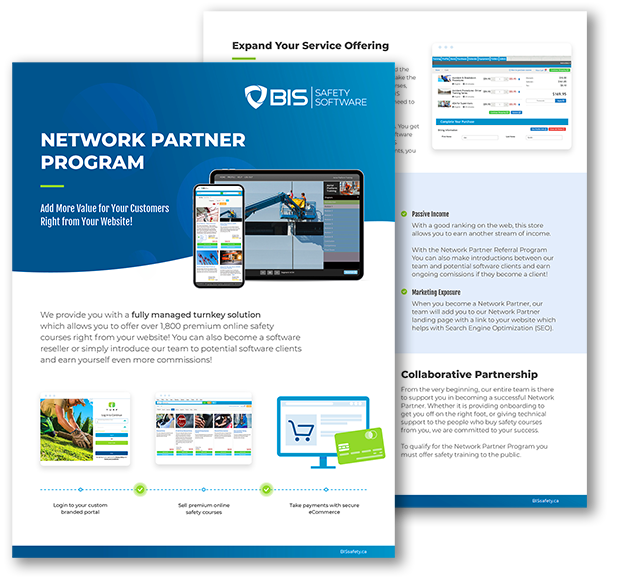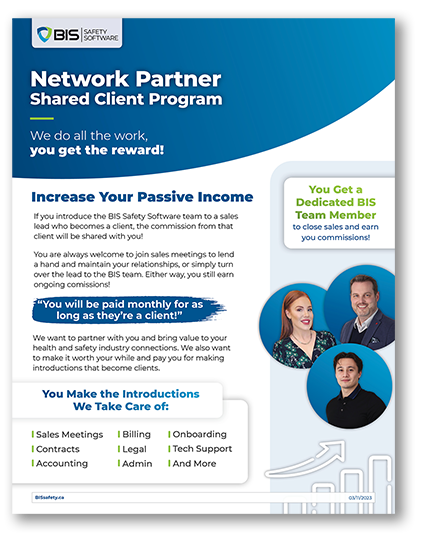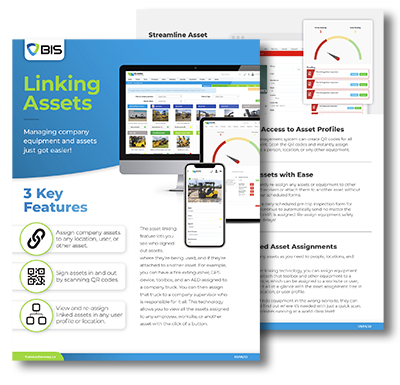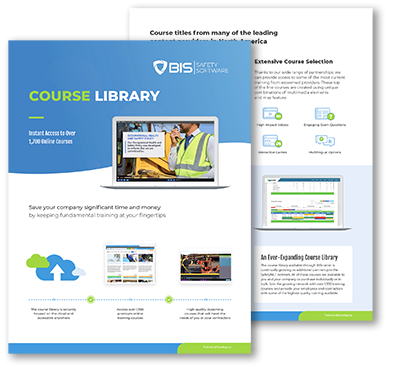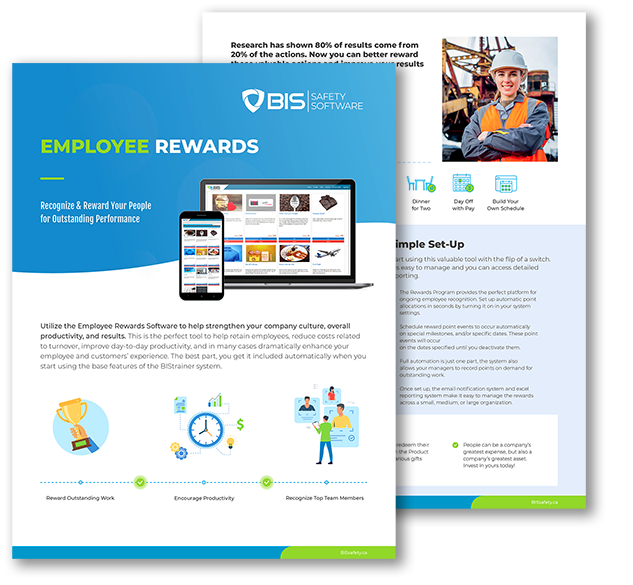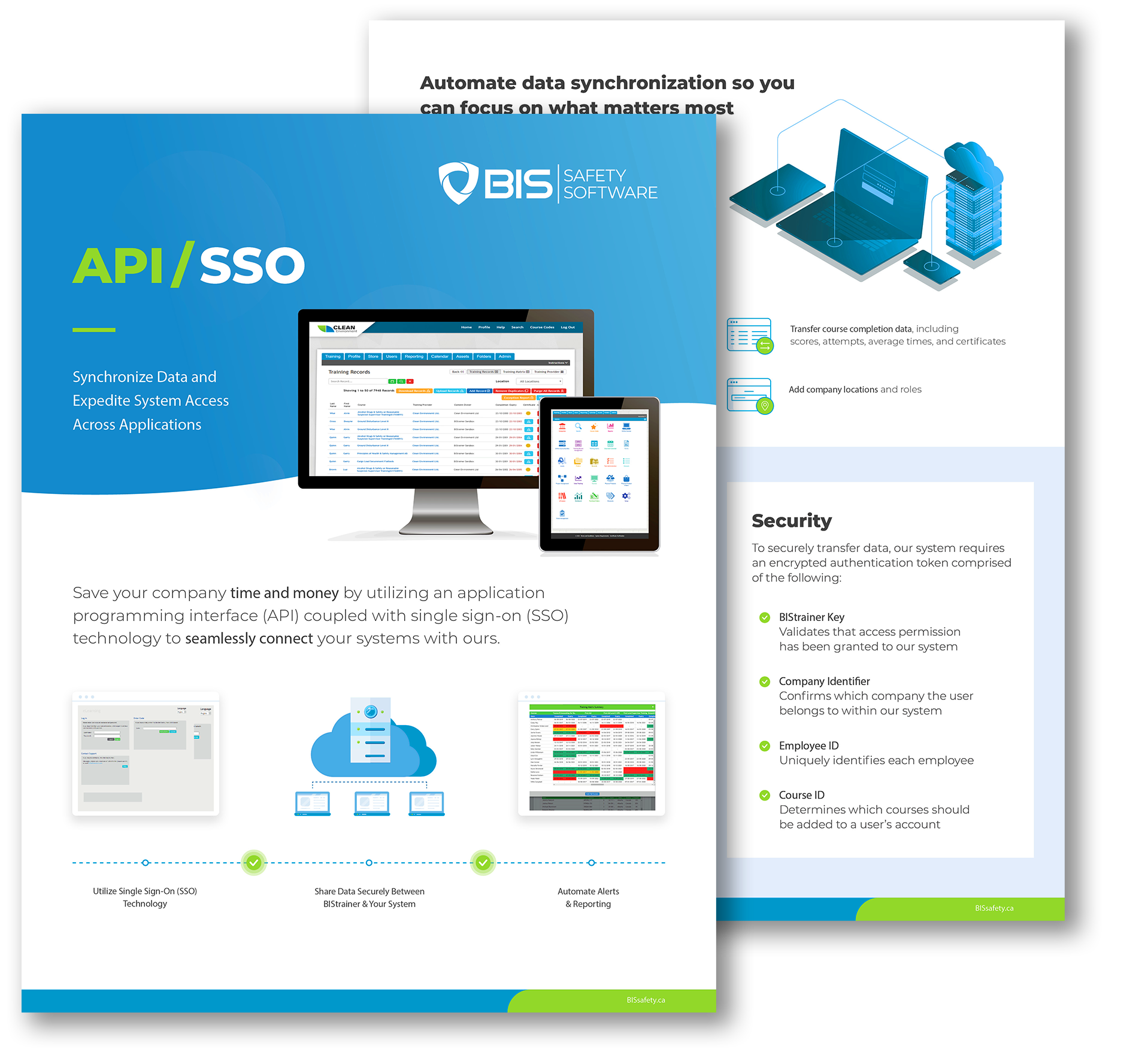Building a Strong Safety Culture

Home Building a Strong Safety Culture 10 Practical Strategies Lorem ipsum dolor sit amet, consectetur adipiscing elit. Ut elit tellus, luctus nec ullamcorper mattis, pulvinar dapibus leo. February 28, 2025 By Divyanshu Jain Creating a strong safety culture takes effort, but the rewards—fewer injuries, lower costs, and a more engaged workforce—are well worth it. Organizations that successfully build a culture of safety don’t just reduce accidents; they improve morale, efficiency, and even profitability. Here are ten essential strategies to strengthen workplace safety: 1. Be Willing to Make Sacrifices Transforming a weak safety culture into a strong one isn’t always easy. It requires hard decisions and, in some cases, a willingness to part ways with employees who refuse to comply. Ted Lane, an Occupational Health and Safety Officer, recalls a major Alberta construction company that implemented a zero-tolerance safety policy. Initially, they lost workers who resisted the new approach, but within a few years, they rebuilt with employees who valued safety. The result? A safer, more efficient, and ultimately more profitable company. 2. Engage Employees in Safety Decisions Many safety policies fail because they are imposed without input from the employees they affect. Workers on the frontlines know the risks better than anyone else, so including them in safety discussions leads to more practical, effective solutions. “We promote the guys to do some of the things in their own way,” says Darryl Chipman, Director for CASCA. “Recently, a worker suggested using pictures instead of a long written form for safety reports. It made things easier, faster, and more effective.” 3. Encourage Candor and Open Communication Employees need to feel safe speaking up about unsafe conditions or behaviors. In organizations with strong safety cultures, workers are encouraged—not punished— for raising concerns. Ted Lane has a unique way of testing this: “I’ll walk into a site missing a piece of safety gear. If a worker stops me and says, ‘Hey, get that fixed,’ I know that company’s culture is working.” Key Takeaways Lorem Ipsum is simply dummy text of the printing and typesetting industry. Lorem Ipsum has been the industry’s standard dummy text ever since the 1500s, when an unknown printer took a galley of type and scrambled it to make a type specimen book. It has survived not only five centuries, but also Lorem Ipsum is simply dummy text of the printing and typesetting industry. Lorem Ipsum has been the industry’s standard dummy text ever since the 1500s, when an unknown printer took a galley of type and scrambled it to make a type specimen book. It has survived not only five centuries, but also Lorem Ipsum is simply dummy text of the printing and typesetting industry. Lorem Ipsum has been the industry’s standard dummy text ever since the 1500s, when an unknown printer took a galley of type and scrambled it to make a type specimen book. It has survived not only five centuries, but also Lorem Ipsum is simply dummy text of the printing and typesetting industry. Lorem Ipsum has been the industry’s standard dummy text ever since the 1500s, when an unknown printer took a galley of type and scrambled it to make a type specimen book. It has survived not only five centuries, but also 4. Lead by Example Leadership must consistently demonstrate their commitment to safety. When managers follow safety protocols, employees are far more likely to do the same. Patrick Cantner, HSE Director of Willbros Canada, advises, “If you say safety comes first, but then reward employees who cut corners to meet deadlines, your safety culture will collapse.” 5. Promote Transparency An open approach to safety builds trust and accountability. Some companies publicly share their safety records and improvement efforts to reinforce the importance of workplace safety. Kinder Morgan sets a high standard by posting safety reports—including injury rates and incidents—on its public website. This level of transparency keeps employees and leadership accountable. 6. Empower Employees to Act Workers must feel confident in stopping unsafe work without fear of retaliation. When employees know they have the authority to halt operations for safety concerns, they become active participants in maintaining a secure workplace. “Our control center operators don’t need approval to shut down a pipeline if they feel there’s an unsafe condition,” says Dan Carter, Director of the Central Region & Control Centre for Kinder Morgan. “That’s built into our procedures.” 7. Make Safety Personal People are more likely to follow safety procedures if they understand the personal impact. Sharon Cole, OHS Consultant for Alberta Gaming and Liquor Corporation, changed a skeptical worker’s attitude by asking him to imagine how he’d feel if his best friend got hurt on the job because he didn’t speak up. That moment of personal connection turned him into one of the most safety-conscious employees on the site. Related read: Do you own a business in the insurance industry? Check out how Artificial Intelligence is transforming the insurance industry. 8. Keep Safety Communication Frequent Safety isn’t a one-time conversation—it’s an ongoing discussion. Monthly safety updates, toolbox talks, and bulletin boards help reinforce key messages. Adam Czarnecki, Human Resource Manager for Great West Kenworth, recommends using statistics to keep employees engaged: “Send out reports on injury trends. Show workers the progress being made.” 9. Recognize and Reward Safe Behavior Positive reinforcement plays a critical role in fostering safety. However, rewards should focus on long-term commitment rather than quick incentives that might encourage underreporting of incidents. Chipman explains, “We offer training and career advancement to employees who prioritize safety. When new safety positions open, we promote from within.” 10. Start With Yourself Safety culture begins with individuals taking personal responsibility. It’s easy to point fingers at management or coworkers, but real change starts when every employee commits to prioritizing safety in their own work. The Real Bottom Line When safety is embedded in an organization’s culture, it doesn’t just prevent accidents—it improves efficiency, morale, and trust. Strong safety cultures don’t develop overnight, but with commitment, consistency, and leadership, they become an essential part
Safety Buzz Campus

Home Safety Buzz Campus A BIS Authorized Partner Lorem ipsum dolor sit amet, consectetur adipiscing elit. Ut elit tellus, luctus nec ullamcorper mattis, pulvinar dapibus leo. February 25, 2025 By Luca Shillabeer Safety Buzz Campus, based in Dunmore, Alberta, just outside Medicine Hat, has been a cornerstone of safety education and training for over 20 years. Initially focused on delivering core safety courses, the organization has grown into a multifaceted safety training campus with four distinct departments: Safety Training – Offering in-person, online, and off-site safety courses for various industries. Driver Training School – Providing Class 1 and Class 3 driver training programs as part of their comprehensive campus offerings. Safety Management Services – Developing and maintaining customized safety programs for companies to ensure compliance and foster a safety-first culture. Field Safety Services – Supporting off-site safety needs, including confined space monitoring, safety supervision, and equipment such as air trailers and supplied air systems. This comprehensive approach ensures Safety Buzz Campus meets the diverse safety needs of its clients, whether through education, compliance, or on-the-ground support. Tailored Training Solutions The heart of Safety Buzz Campus lies in safety training. From its inception, the organization has been dedicated to building safety cultures within businesses and communities. Their approach goes beyond merely teaching safety practices—they aim to instill an understanding of the purpose and value behind these practices. This commitment helps clients integrate safety into their workplace culture and personal lives. ————————————————————————— “Bringing a safety culture to companies has always been incredibly important. We don’t just like to teach safety practices, we also like to help people understand the value and purpose of it.” Pamela Kunz Safety Buzz Campus Primary List of Services In-house Fall Protection Training Equipment-Specific Courses Safety Training Driver Training School Safety Management Services Field Safety Services Key Takeaways Lorem Ipsum is simply dummy text of the printing and typesetting industry. Lorem Ipsum has been the industry’s standard dummy text ever since the 1500s, when an unknown printer took a galley of type and scrambled it to make a type specimen book. It has survived not only five centuries, but also Lorem Ipsum is simply dummy text of the printing and typesetting industry. Lorem Ipsum has been the industry’s standard dummy text ever since the 1500s, when an unknown printer took a galley of type and scrambled it to make a type specimen book. It has survived not only five centuries, but also Lorem Ipsum is simply dummy text of the printing and typesetting industry. Lorem Ipsum has been the industry’s standard dummy text ever since the 1500s, when an unknown printer took a galley of type and scrambled it to make a type specimen book. It has survived not only five centuries, but also Lorem Ipsum is simply dummy text of the printing and typesetting industry. Lorem Ipsum has been the industry’s standard dummy text ever since the 1500s, when an unknown printer took a galley of type and scrambled it to make a type specimen book. It has survived not only five centuries, but also Proud to Partner with Safety Buzz Campus The partnership between Safety Buzz Campus and BIS Safety Software showcases a shared commitment to advancing safety education across multiple industries. By combining Safety Buzz Campus’s extensive expertise in hands-on training with BIS Safety Software’s innovative digital solutions, they enhance accessibility and efficiency in safety programs. This collaboration streamlines training management, supports compliance, and empowers businesses to cultivate strong safety cultures within their organizations and communities. Partnership with BIS Safety Software Safety Buzz Campus has been leveraging BIS Safety Software for the past five years to streamline their operations. The scheduler feature is a vital tool they use daily to manage training sessions and resources efficiently. ————————————————————————— “We’ve been using BIS for about 5 years now and, clearly it’s designed for the industry. It’s designed exactly the way we need it… The scheduler is the center of our planning and organization.” Pamela Kunz Safety Buzz Campus ————————————————————————— They’re also exploring additional BIS features, such as document creation and CRM capabilities, to maximize the platform’s potential and integrate their diverse services. Looking ahead, they aim to expand their partnership with BIS by digitizing their in-house courses, creating video-based online programs, and enhancing their e-learning offerings. Related read: Do you own a business in the insurance industry? Check out how Artificial Intelligence is transforming the insurance industry. More about Safety Buzz Campus Community Engagement Safety Buzz Campus is deeply rooted in its community. Beyond their training services, the team actively participates in local events, volunteering for organizations like food banks and music festivals to provide on-site first aid and other support. “We’re not just a business; we’re part of the community. From volunteering at the local food bank to supporting music festivals with first aid services, we’re committed to giving back,” Pamela explained. Their connection to the community strengthens their reputation as a trusted partner in safety education and services. Company Culture Safety Buzz Campus prides itself on fostering a team-oriented and employee-centric culture. The owners prioritize creating a supportive environment where team members can thrive. This internal focus on safety and collaboration ensures they practice what they promote to clients. “We focus on building a strong internal safety culture because we can’t promote what we don’t practice. Our team is solid, and we’re excited about our future growth,” Pamela noted. Industries Served While Safety Buzz Campus has deep roots in oil and gas, they’ve expanded their reach to include construction, agriculture, and even unique clients like golf courses and senior living facilities. Recently, they: Revamped the safety program for a local golf course after a compliance inquiry. Provided safety training for staff at a senior living facility during their annual safety day. Partnered with a local school to deliver agricultural safety training to students in Grades 7-9, tailoring lessons to young learners with a focus on farm safety. These initiatives reflect Safety Buzz Campus’s adaptability and commitment to safety education across a diverse range of industries.
A Complete Guide

Learn how to reduce workplace complacency with actionable tips and download our free guide for comprehensive strategies and insights.
National Safety Month Week 4

Learn effective strategies to prevent workplace trips and falls in our National Safety Month Week 4 blog.
From Hard Hats to Software

Explore how workplace safety has evolved over the last century, from basic gear to advanced regulations and tech.
Truck Pre-Trip

Get the crucial info you need to fill out pre-trip inspection forms, the road to a safer, more compliant, and efficient truck starts here.
Does WHMIS Training Have New Requirements in 2024?
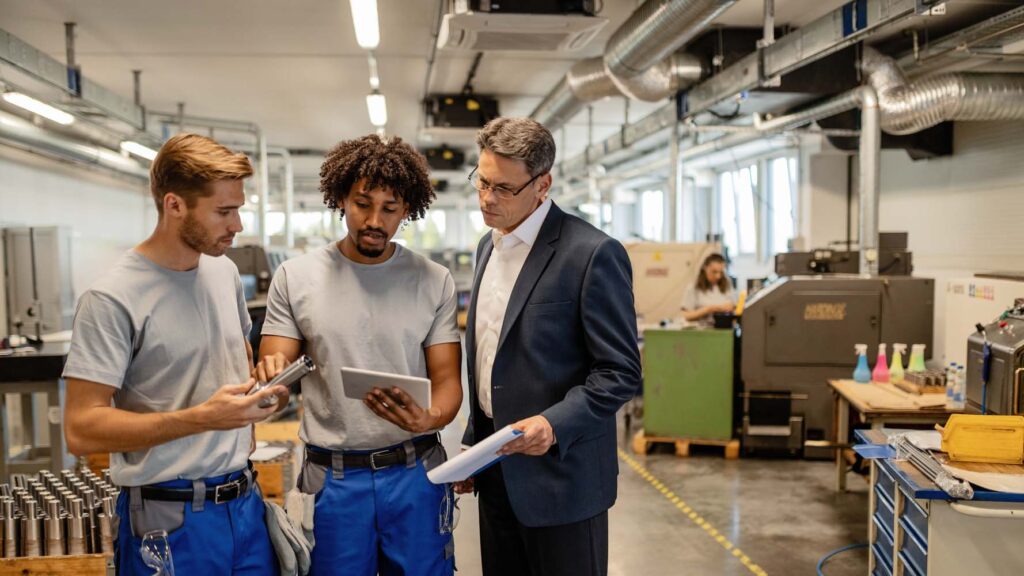
Get the facts and requirements for WHMIS so you can choose the right training course for you and your team.
Overhead Crane Safety
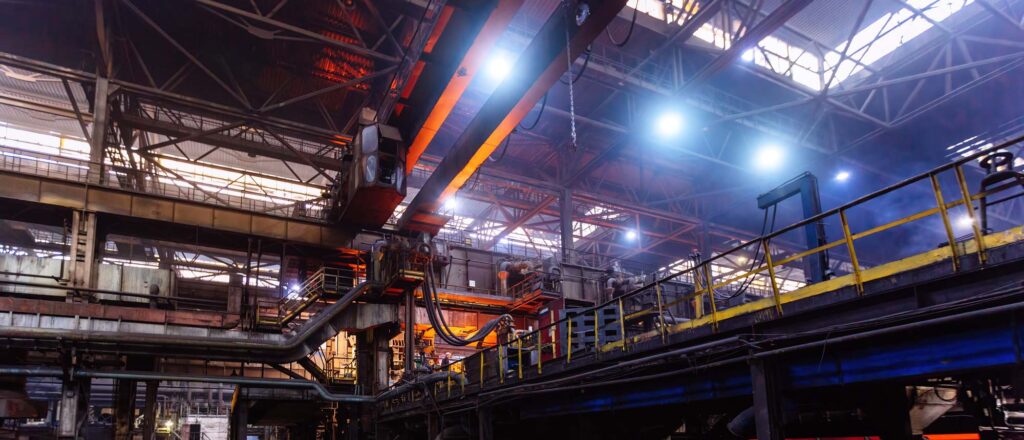
Find the best overhead crane safety training for your needs in this article where we discuss the benefits of each course and how they can benefit your team.
5 Ways to Reduce Costs

Reducing EHS costs without compromising safety is not impossible, lets talk about all the ways leaders have increased safety economically.
How Diversity (DEIB) Can Supercharge

Check out these ways to include diversity (DEIB) in your safety programs and get the most out of your training.


